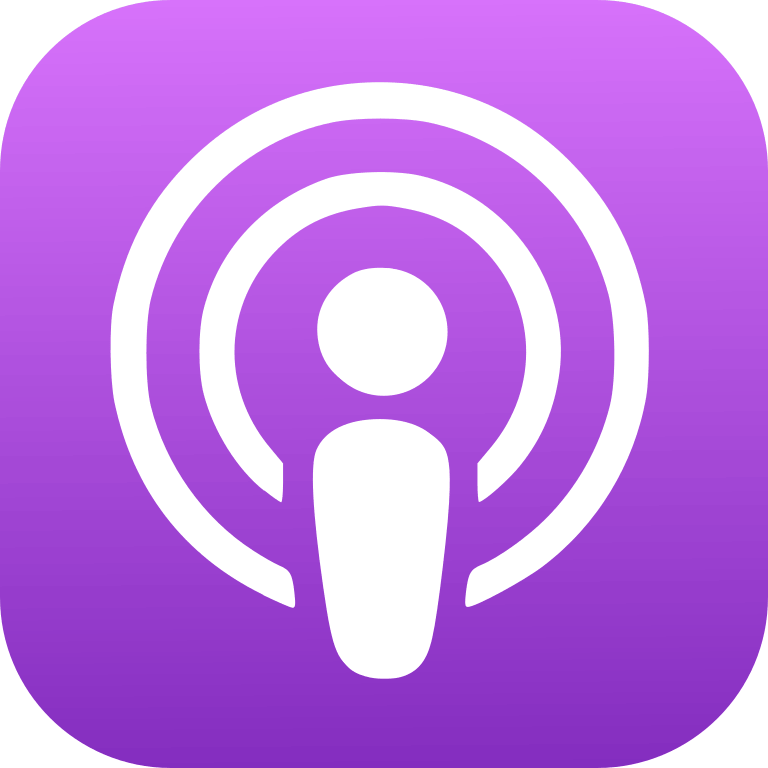 |
neuroscienceCME - Child ADHD: Exploring Complexities of Care, Part 3 of 3Author: CME Outfitters
Attention-deficit hyperactivity disorder (ADHD) affects 8% of school age children. It presents with symptoms of inattention, hyperactivity/impulsivity, or both. Currently, three subtypes of ADHD are defined: ADHD inattentive (ADHD/I), ADHD hyperactive/impulsive (ADHD/H) and ADHD combined (ADHD/C). However, in the last decade heated debate has emerged that questions how this disorder should be conceptualized, defined, and categorized. Key questions have been: Is it a category or a continuum? and How do comorbidities relate to currently defined subtypes? In these interactive, evidence-based neuroscienceCME Journal Club sessions, the faculty will explore new data that may re-focus how we view ADHD subtypes. Such exploration will allow clinicians to anticipate how developers of the DSM-V might revise ADHD diagnostic criteria. As a result, clinicians will be in a position of opportunity to achieve better individualization of therapy. Featured Article: Grizenko N, Paci M, Joober R. Is the inattentive subtype of ADHD different from the combined/hyperactive subtype? J Atten Disord. 2009 Sept 22;[Epub ahead of print]. Language: en-us Genres: Science Contact email: Get it Feed URL: Get it iTunes ID: Get it |
Listen Now...
MP3 Audio File - Child ADHD: Exploring Complexities of Care, Part 3 of 3
Wednesday, 23 December, 2009
Attention-deficit hyperactivity disorder (ADHD) affects 8% of school age children. It presents with symptoms of inattention, hyperactivity/impulsivity, or both. Currently, three subtypes of ADHD are defined: ADHD inattentive (ADHD/I), ADHD hyperactive/impulsive (ADHD/H) and ADHD combined (ADHD/C). However, in the last decade heated debate has emerged that questions how this disorder should be conceptualized, defined, and categorized. Key questions have been: Is it a category or a continuum? and How do comorbidities relate to currently defined subtypes? In these interactive, evidence-based neuroscienceCME Journal Club sessions, the faculty will explore new data that may re-focus how we view ADHD subtypes. Such exploration will allow clinicians to anticipate how developers of the DSM-V might revise ADHD diagnostic criteria. As a result, clinicians will be in a position of opportunity to achieve better individualization of therapy. Featured Article: Grizenko N, Paci M, Joober R. Is the inattentive subtype of ADHD different from the combined/hyperactive subtype? J Atten Disord. 2009 Sept 22;[Epub ahead of print].









